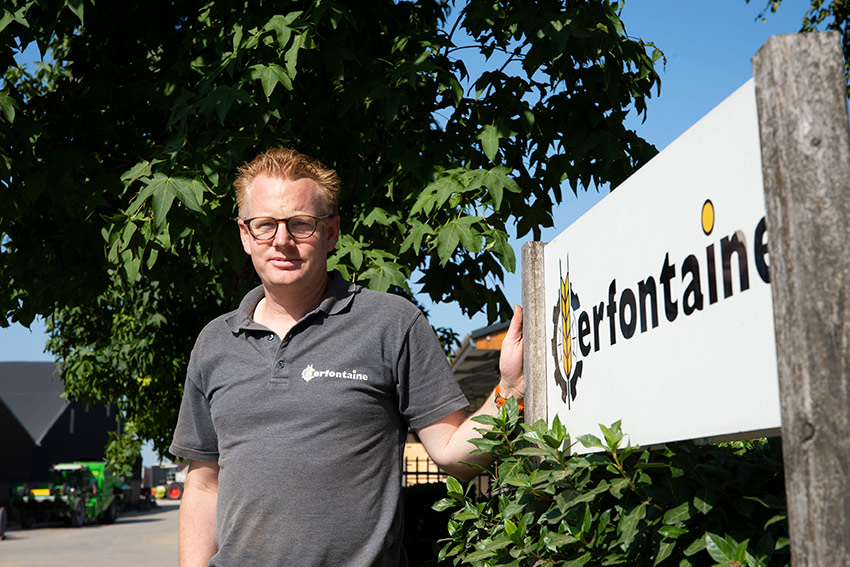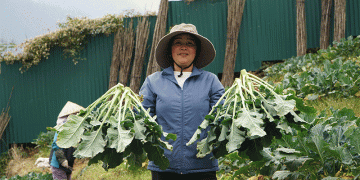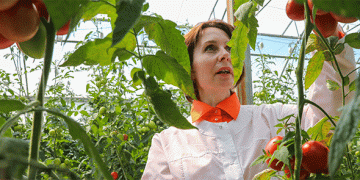NPPL participant Daniël Cerfontaine from Berg en Terblijt (L.) wants to apply drip irrigation on a larger scale this season after a positive result in 2020. The expansion has not gone smoothly so far. “We are learning a lot again.”

From 5 to 25 hectares
Cerfontaine provided 5 hectares of onions with drip irrigation last year. That went so well that he started working on 25 hectares this year. NPPL spoke to the Limburger in the hectic about the latest state of affairs.
“There are a number of new issues that we are encountering. We have to learn from that,” says Cerfontaine, who and his company are located on the South Limburg loess, where water has become increasingly scarce over the years. “The layout of the plots is quite complex,” explains Cerfontaine. “We thought that there was enough water to be obtained from the bottom source, but that turned out not to be the case. A well drilling turned up nothing. So we had to look for a different solution for the irrigation.”
Setback
The fact that no water was available on some plots was a major setback for Cerfontaine. “Although drip irrigation works like a charm on the ‘first’ plot of 5 hectares. “It looks very good there now. That actually came naturally.” The other hectares, divided into two lots, have undergone extensive preparation. It concerns parcels in deviating shapes, which makes it difficult for tractors. “We had written the plan from A to Z in advance and prepared everything. In the field you suddenly run into a problem that makes watering a challenge. And that while time is scarce.”
Cerfontaine had hoped that he could have supplied his plots with water sooner than is now the case. “But we continue to develop. We also learn from this. Each plot has its own challenge. Next year we will try again with the knowledge we have now.”

































